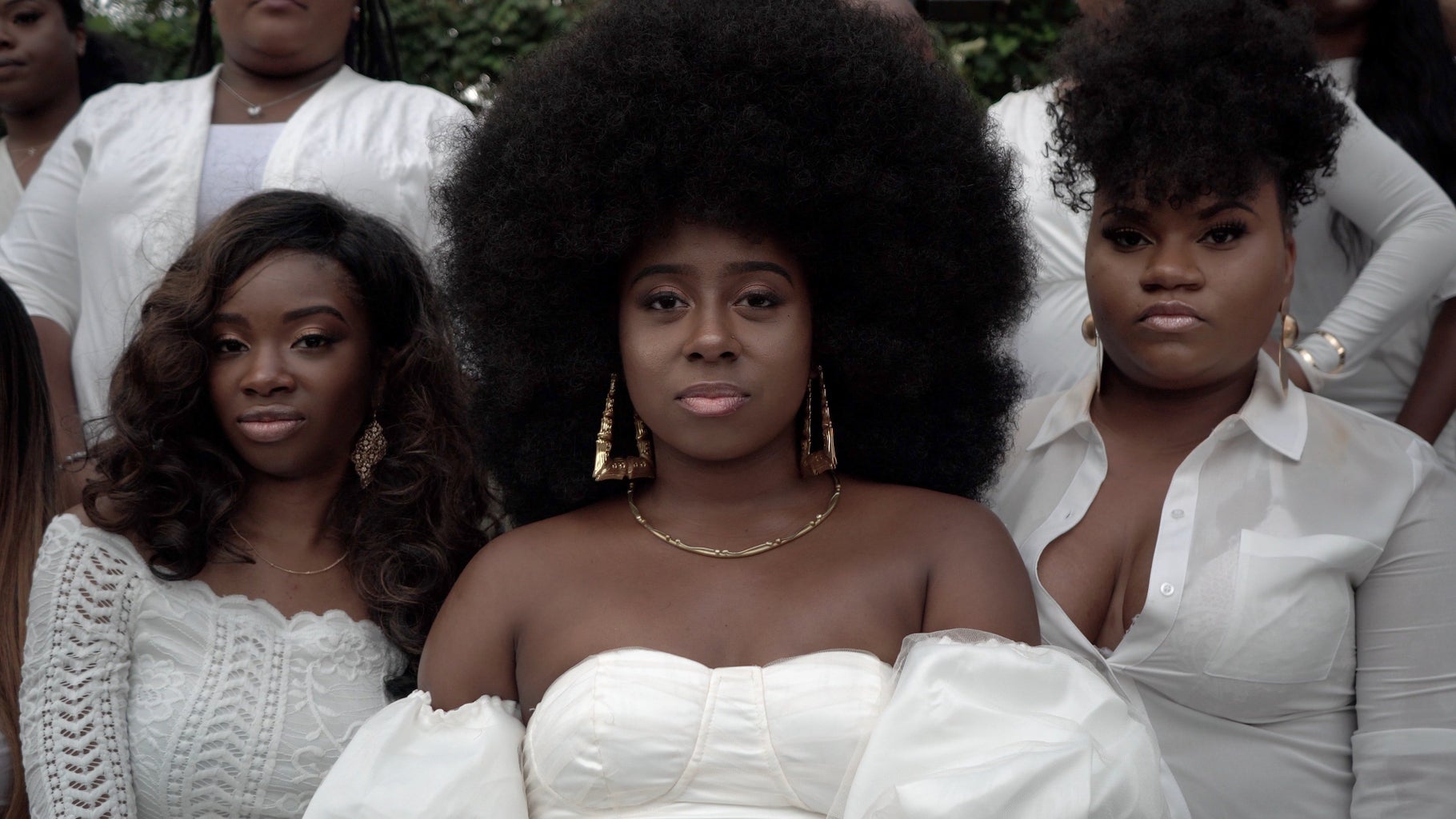In spite of the abolishment of slavery and apartheid by modern civilized society, the image of the Black community has been distorted in various ways over the course of history. When such a racial prejudice and stereotype is projected on the screen in the film industry, those expressive film narratives will also stealthily stitch the audience into the racist gaze. In this regard, screen stereotyping of Black people in film became prevalent.
The basic stereotypes and metaphors described by racism may be traced back to Harriet Beecher Stowe’s Uncle Tom’s Cabin which was published based upon the abolitionist. In particular, Donald Bogle summarized this novel in his article from the The New York Times, Toms, Coons, Mulattoes, Mammies, and Bucks.
Toms
In the novel, Tom is ridiculed by Black people but appreciated by white people due to being docile, pious, and absolutely loyal to his host. Thus, he seems to be able to endure all kinds of hardships. Uncle Tom is a middle-aged person, so he may represent the figure who is submissive and has a sense of responsibility.
Coons
The character of Topsy belongs to the category of “wild boy” who can exemplify the immoral impact of slavery on young people. Piccaninny, or coons, are portrayed as persons who have big and prominent eyes, thick red lips, and are usually defined as comedy characters who eat endlessly or become food for huge animals.
Mulattoes
Mulattoes belong to the category of sexually aggressive figures who are embodied in a tragic story. This type of stereotype deliberately avoids treating racism and whites as the root cause of the problem, but instead imposes blame on racial differences, especially the flaws in the ethnicity of blacks.
Mammies
The role played by the Black maid is probably very different from that of Mulattoes, or in contrast to the role played by white female stars. Recognizing a Black maid depends on several elements such as quick talk, fat figure and dark complexion. On the screen, they often wear work clothes, including headscarves and conservative robes that reach the ankles. The grinning has also become a part of their characterization. Thus, their impressive image creates a wealth of ambiguity, which allows viewers to interpret them based on the narrative in which they might appear.

Bucks
Centered on stereotyping Black men, the brutal buck is often depicted as aggressive and sometimes overly sexualized characters. A typical example of this type of character is Gus the Renegade in The Birth of a Nation, and this genre has a resurgence in black exploitation films in the 1970s such as the Shaft series. Usually, instinctive black men have rebellious spirits against traditional customs and can fight for their nation, but they also want to marry a white woman as their wife. This may symbolize the fear of whites for blacks participating in the American democratic process. In the film Do the Right Thing, any racial insults are used for the purpose of exposing racial tensions.
In a nutshell, a stereotype is a negative exaggerated imitation, which simplifies the identity of a certain ethnic group by exaggerating a characteristic physically or culturally. Stereotyping is often fully expressed in rudeness, and its contradiction and complexity should be questioned, or it may even be dismantled by the party who is harmed by them.
Each stereotype has a specific meaning as it depends on the narrative background, actors, and various relationships among the characters. It’s important to note that Black people are not absent from movies at all. Although this phenomenon has been undergoing changes over time, humanistic African-American characters have begun to be accepted and spread positivity as protagonists. African Americans are not simply victims of Hollywood films. On the contrary, they initiated continuous challenges as audiences and participants in all aspects of film industry. Racist images are the result of the combined forced of politics, economy and aesthetics. Until now, through a series of comprehensive attempts and disputes by multiple parties, black images in the film should be reframed and reshaped, and they are worth the title of the world’s hero.




